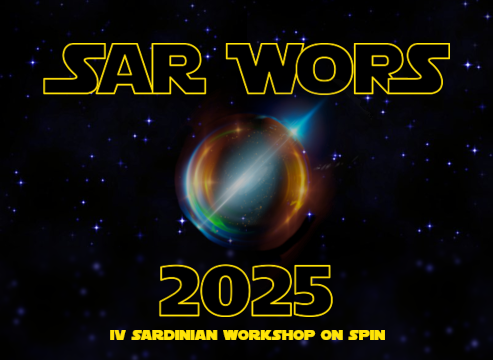Speaker
Description
The phenomenological extraction of Transverse Momentum Dependent (TMD) parton distributions is key to probing the three-dimensional structure of hadrons and gaining deeper insights into the strong force and Quantum Chromodynamics (QCD). While TMDs are rigorously defined through QCD operators, their extraction from experimental data is complicated by the dominance of non-perturbative effects at low energy scales.
Achieving agreement with data requires substantial modeling, extending beyond the simple fitting of unknown non-perturbative functions at low transverse momentum. In this talk, I will examine the impact of these choices through a phenomenological analysis of low-energy Drell–Yan data, comparing different prescriptions and evaluating their respective strengths and limitations. I will go beyond conventional treatments by revisitin $q_T$-resummation and presenting a novel procedure that enables consistent computation directly in momentum space, while completely avoiding phenomenological biases. This new approach isolates the true non-perturbative core of transverse-momentum physics, rooted in the deep infrared behavior of the strong coupling and the DGLAP splitting functions.

